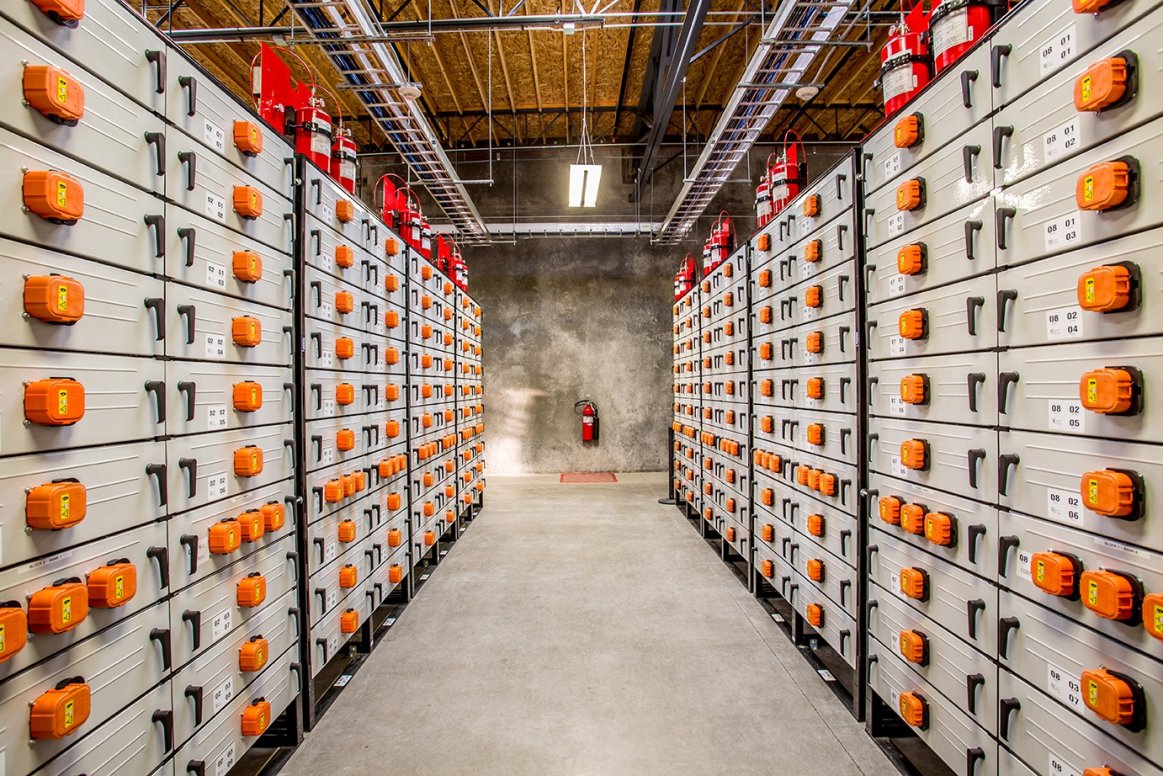
In order to maintain the efficient flow of power, utility operators must attempt to steady the supply and demand consistently in order to meet peak demand. Energy storage has become a hot topic in the industry in the last couple of years, but what is it all about? To understand, let's start with the utility grid. In order to maintain the efficient flow of power, utility operators must attempt to steady the supply and demand consistently in order to meet peak demand.
Typically, most utility grids do not store energy because it would be a vastly expensive undertaking. As a result, the utilities call upon the use of additional fossil fuel burning plants to ramp up or down as needed to provide for demand. However, this method is not at all ideal because these plants operate more efficiently when running at full power. Therefore, utilizing these extra plants to smooth out the distribution of energy is contributing more pollution than the plants that are burning fossil fuels for the utility’s base-load energy demands.

Within the last several years, a new and driven discussion has begun to take shape that would shift our energy consumption to less polluting forms of energy. While there have been other avenues of energy production apart from the use of coal, such as carbon capture, nuclear energy, and natural gas, these have all begun to lose momentum as popular solutions to reducing greenhouse gas emissions have grown. Currently, solar and wind energy have seen a significant increase in their market share and are becoming cost competitive in a great number of areas. Their portion of energy generation has been steadily expanding in various places around the world, including Germany and parts of the U.S.
However, wind and solar, come with their own unique drawbacks. Each of these resources is intermittent; we know the sun does not shine at night and that in many places wind resources are not ideal. These factors add to the grid’s need for frequency regulation. For example, when a cloud passes beneath the sun or the wind happens to drop off suddenly the energy being fed into the grid is not available making the grid unstable as it compensates to meet demand. Therefore, as the percentage of solar and wind energy increases, asking more from our grid, added flexibility is needed for the entire system. This can be remedied by demand response. In other words, the capability to balance the sudden supply and demand by turning power on or off in localized bursts. This need is where energy storage comes into play.
In the U.S. we have looked toward Germany to understand how they have dealt with this issue and how energy storage may offer the solution. California is a great example of where energy storage may help to balance the grid through the use of energy storage because of the target goal to have 33 percent renewable energy by 2020. Due to the large amount of solar that is already installed and connected to the grid in California, voltage is beginning to be affected. The state has zeroed in on storage as the key component of the smarter grid. In 2010, the California Public Utilities Commission (CPUC) was the first to pass an energy storage mandate, which would require the three largest utilities in the state to use 1,325 MW of energy storage by 2020 and set energy storage targets. Although energy storage would provide frequency regulation on the grid and assist to stabilize intermittent solar and wind energy, it can also provide other assets as we move toward having a smarter grid.
Since our current grid system is oversized to serve demand peaks, like in the winter when resistive heaters are in high use or in summer when we all have our air-conditioning cranked up, we look toward energy storage to accommodate these peaks. Energy storage can save the utilities, and their customers, money by eliminating the need for expanding new transmission lines and infrastructure.
By nature, energy storage is able to provide backup power when grid power is lost, a characteristic that is of great interest to residential customers as well as business owners. Energy storage is of interest to the utility because they can store energy that is produced by their plants and not used (such as wind energy at night) and release the stored energy during the day when the demand is higher (and also the cost).
Energy storage will continue to see advances as more manufacturers enter the market and the industry continues to expand and mature. We will see our grid reach the goal of becoming more efficient, stable and (hopefully) less costly as we venture to have a “smart” grid.